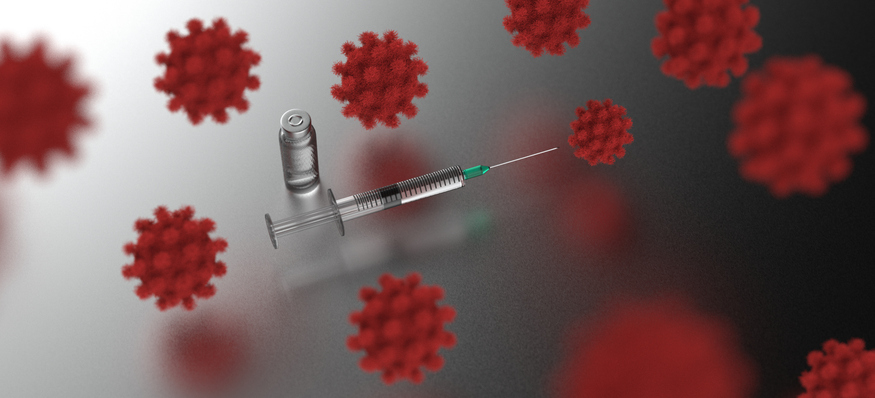Researchers are developing what they hope will be the first successful vaccine against the highly contagious and difficult-to-treat Clostridioides difficile bacteria, using the technology behind the revolutionary mRNA vaccines that tackled the coronavirus that caused COVID-19.
In mice and in nonhuman primates, the experimental mRNA vaccine protected against first-time infections with C. difficile and also against relapsing infections, researchers reported in Science.
Earlier attempts at producing vaccines against C. difficile have been unsuccessful, although several are currently in development. A vaccine for C. difficile developed by Pfizer PFE.Nfailed in a late-stage trial in 2022.
C. difficile can cause severe diarrhea and even deadly colon damage. The infections spread quickly, most often affecting people taking antibiotics and patients in hospitals or nursing homes. Roughly one-third of infected individuals will have recurrent infections.
Treatments include a lengthy course of strong antibiotics, which also kill off beneficial bacteria in the gut, and fecal transplants to deliver healthy bacteria.
Like the COVID vaccines, the C. difficile mRNA vaccine uses genetic material from the bacteria to train the immune system to recognize and respond in the event of future infections.
Immune cell responses “increased with vaccine dose and were significantly higher” than with more traditional vaccines, the researchers said.
Mice vaccinated with traditional-style vaccines all died within a day after being infected with the bacteria. Adding a booster to the old-style vaccines improved survival by 20%, but immunization with the mRNA vaccine improved survival to 100%.
“Antibiotics are not always an effective means of successfully treating really tough pathogens like C. diff, and we have only begun to scratch the surface of the full potential of mRNA vaccines for a host of infectious diseases,” study co-author Mohamad-Gabriel Alameh of Children’s Hospital of Philadelphia said in a statement.
The results pave the way for trials in humans, the research team said.
The research was funded by the U.S. National Institutes of Health and by a BioNTech 22UAy.DE Sponsored Research Agreement.
Genes may influence sex of offspring
Researchers have detected a human gene variant that may play a role in determining gender of a couple’s offspring.
“Scientists have been pondering and researching a genetic basis for sex ratio for decades, yet no unambiguous evidence for a genetic variation that alters the human sex ratio” from approximately 50:50 has been found, study leader Jianzhi Zhang from the University of Michigan said in a statement.
To detect genetic influence on sex ratio, the researchers used the UK Biobank database, which contains the genetic and phenotypic information of about 500,000 British participants.
Analyzing this data, the researchers identified a single gene variant named rs144724107 that is associated with a 10% increase in the probability of giving birth to a girl as opposed to a boy. The variant is located near a gene that belongs to a family known to be involved in sperm production and fertilization.
The researchers also identified two genes, called RLF and KIF20B, that may influence the sex ratio, according to a report published in the Proceedings of the Royal Society B: Biological Sciences.
They noted that the variant they discovered was present in less than 1% of the population, and their discovery has not yet been confirmed in other samples.
There could be practical applications for the findings for animal husbandry, the researchers said.
In agriculture, one sex – typically female – is often of substantially larger economic values than the other, such as hens for egg production and female cows for milk.
“Finding genetic variants in farm animals with effects as large as that computed for humans …would likely bring huge profits and contribute to animal welfare,” Zhang said.
Older adults need more than fans during heat waves
Electric fans will not do much to cool down older people in hot indoor settings, a small study found.
Based on data from young adults and from computer simulations, electric fans have been proposed as an effective cooling intervention for older adults in temperatures as high as 38 degrees Celsius (100 degrees Fahrenheit), researchers reported in JAMA.
However, in their study of 18 volunteers ages 65 to 85 who sat for several 8-hour sessions in rooms heated to 36 degrees C (97 degrees F) with 45% relative humidity, reductions in body temperature as measured by rectal temperature “were small and of questionable clinical importance,” they found.
While the study was small, the data “do not support fans as an efficacious standalone cooling intervention for older adults in hot indoor environments,” the researchers concluded.
(Reuters)




















